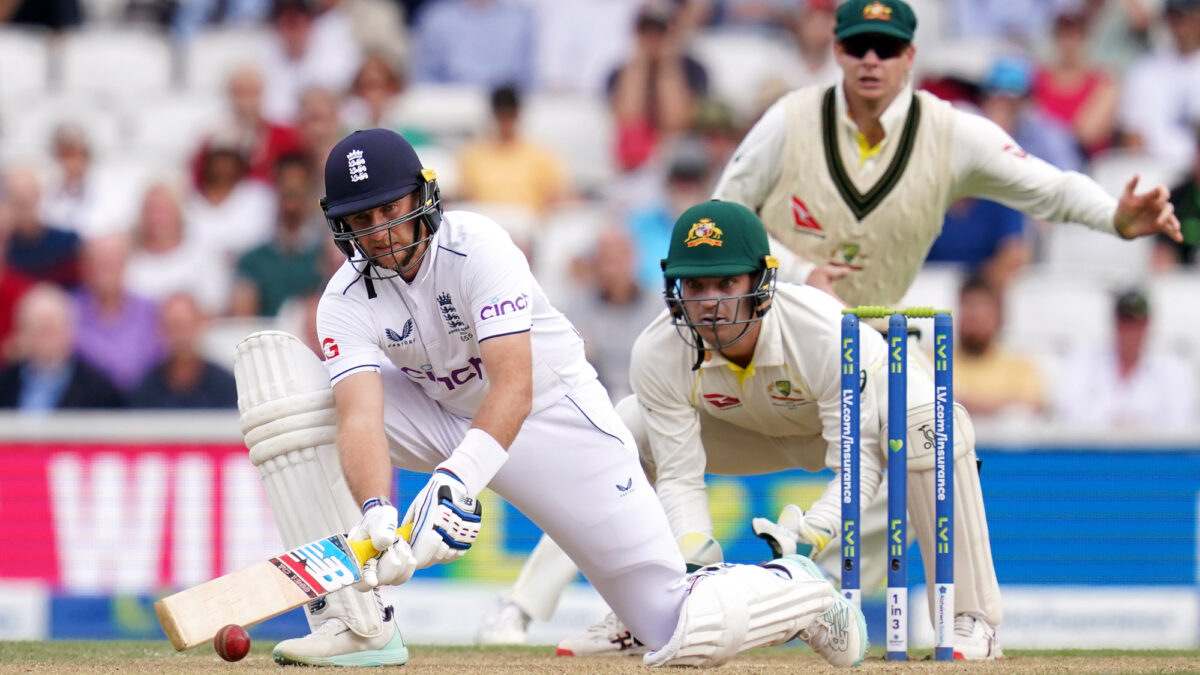The ICC is being advised to consider four-day Tests soon. This doesn’t mean that all Tests will be four-day matches, it could be phased in over a few years. But this move could be beneficial to cricket. Tests are losing their luster due to a crowded international schedule. Over the course of two Future Tours Programme (FTP) four-year cycles, it is estimated that almost a full calendar year could be freed up if Tests were held over four days. The move would also provide an opportunity to inject more intent into the game.
By playing with four days’ duration, instead of five, we could potentially see more results in matches. It is theorized that players, umpires, and coaches naturally know there are five days to get a result and adjust their actions accordingly. Make it four and they will alter their behavior. Every nation doesn’t support four-day matches but many could do with having more intent to move the game forward.
Cutting off a day from a Test’s duration can’t happen in a vacuum. If the overs are extended to 100, only 40 would be lost over the course of the match from the current format. If rain strikes, keep a fifth day free as a non-travel day just in case. There have already been four-day Tests, and the concept of a permanent switch is not new. ICC President David Morgan said 14 years ago: “We need better over rates, better pitches that give a good balance between bat and ball and we need to consider day-night Test cricket.”
Former cricketer Adam Gilchrist called for a dramatic reduction in the number of Tests under the belief that quality over quantity is what will keep red-ball matches relevant in the era of the T20 explosion. The ICC needs to keep innovating to make relevant a format that was conceived a long time ago when six-month boat trips were required to play international matches. Test cricket is not dying but it needs to move with the times to avoid becoming a relic of the past.
